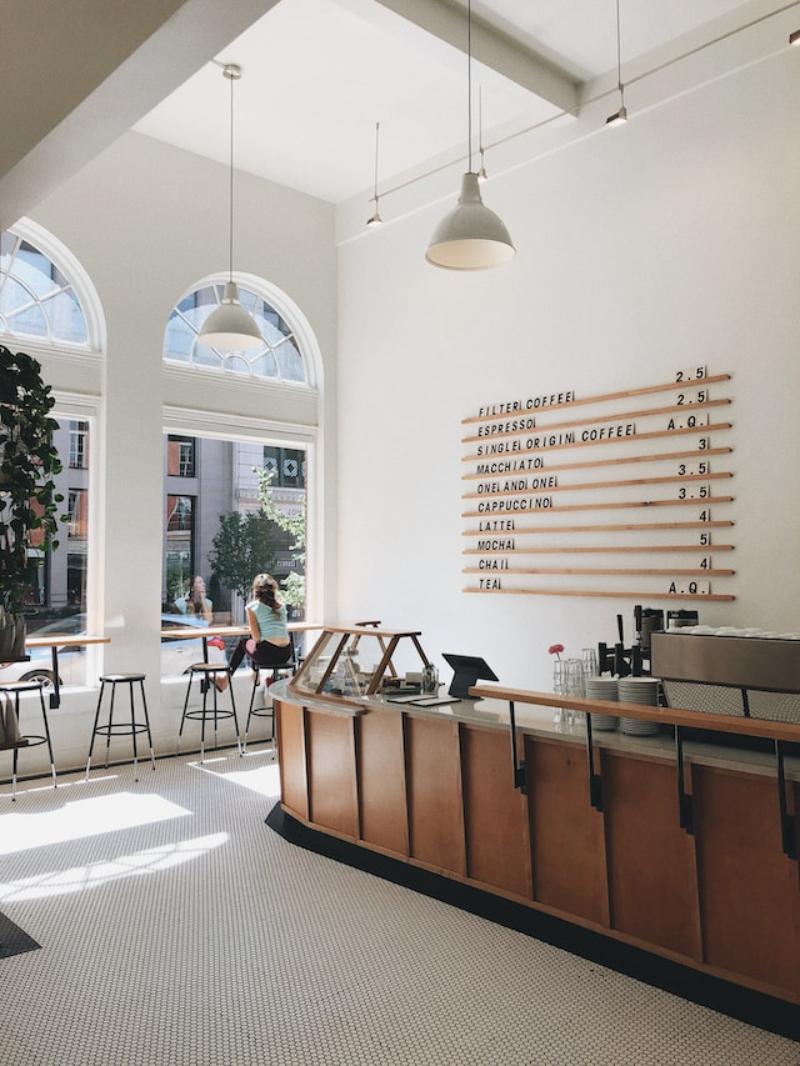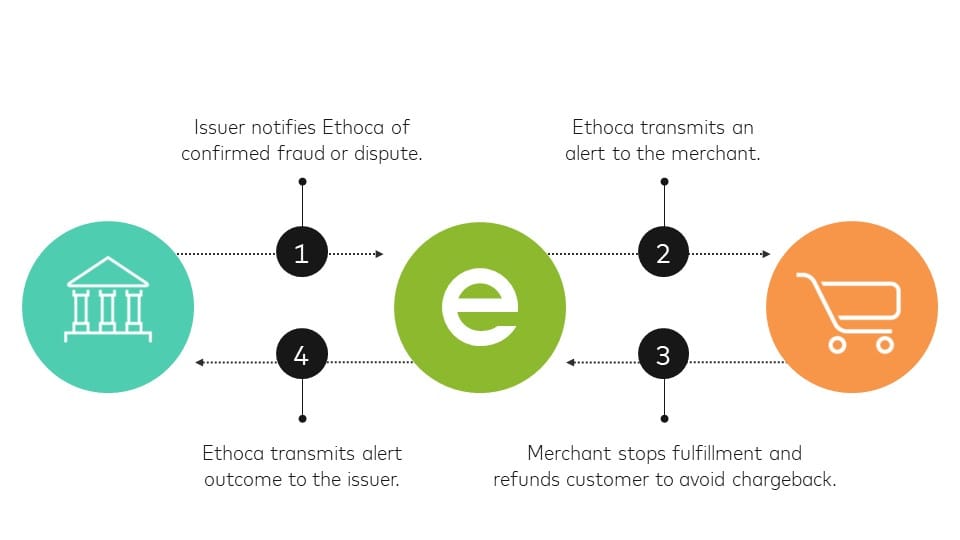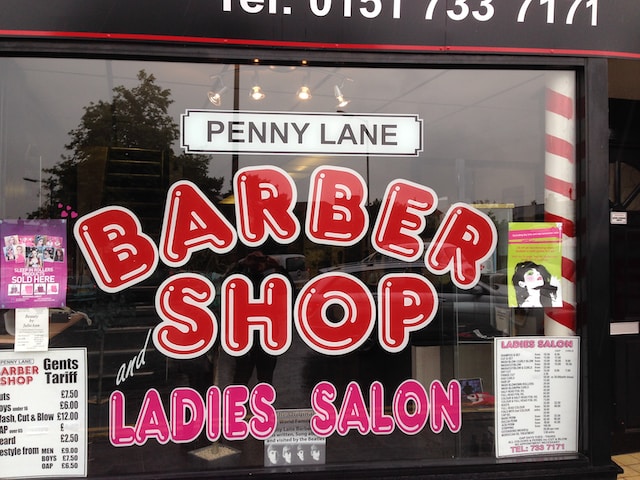
SuperPay helps cafe owners like yourself get paid as quickly as possible. Choose our platform to power your payments & billing.
Welcome to our blog post on pricing strategies for cafes! As a cafe owner, determining the right pricing strategy for your business plays a crucial role in achieving profitability and staying competitive in the market. With so many factors to consider, it can be challenging to navigate through the various options available.
In this blog post, we will guide you through the fundamentals of cafe pricing, helping you understand how to determine costs specific to your cafe. We will explore the evaluation of direct and indirect costs, delve into ingredient costs, and discuss the consideration of labor and overhead costs. By understanding these cost components, you will be better equipped to make informed decisions regarding your pricing strategy.
Once you have a solid understanding of costs, we will explore different pricing strategies suitable for cafes. We will discuss the cost-plus pricing strategy, where the price is determined by adding a markup to the cost of production. Additionally, we will explore value-based pricing, competitive pricing, and bundle pricing strategies, offering you a range of options to choose from based on your cafe's unique selling points and target market.
Implementing your chosen pricing strategy is just the beginning. We will guide you through testing your prices, ensuring they are optimized for both profitability and customer satisfaction. Additionally, we will provide tips on how to adjust your prices without upsetting your customers, as well as effective communication strategies for price changes.
Finally, we will emphasize the importance of regularly reviewing and adapting your pricing strategy. We will discuss the need to regularly review costs and profit margins, allowing you to make necessary adjustments to maintain profitability. Moreover, we will explore how to adapt to market changes and track customer responses and sales, ensuring your pricing strategy remains effective in a dynamic industry.
Stay tuned as we dive into the world of pricing strategies for cafes, offering valuable insights and practical tips to help you make informed decisions and drive success in your cafe business.
Understanding the Fundamentals of Cafe Pricing
Pricing is a critical aspect of running a successful cafe business. Understanding the fundamentals of cafe pricing is essential for making informed decisions that align with your business goals. In this section, we will explore key concepts and considerations that will help you navigate the pricing landscape effectively.
The Relationship Between Price and Value
One of the fundamental principles of pricing is the relationship between price and value. Customers make purchasing decisions based on the perceived value they will receive in exchange for the price they pay. As a cafe owner, it's crucial to strike the right balance between pricing your products competitively and ensuring customers perceive the value they are receiving.
Identifying Your Target Market
Before setting your prices, it's essential to identify and understand your target market. Different market segments have varying price sensitivities and expectations. Conducting market research and analyzing your target audience will give you insights into their preferences, spending habits, and willingness to pay. This information will help you tailor your pricing strategy to meet the specific needs of your target market.
Competitive Analysis
Analyzing your competitors' pricing strategies is another crucial step in understanding the fundamentals of cafe pricing. By evaluating the prices charged by similar cafes in your area, you can gain insights into market trends and customer expectations. This analysis will help you position your cafe competitively while taking into account factors such as location, ambiance, quality of products, and customer experience.
Cost Analysis
Understanding the costs associated with running your cafe is vital for setting appropriate prices. Conducting a comprehensive cost analysis will help you determine the minimum price you need to charge to cover your expenses and generate a profit. Evaluate both direct costs, such as ingredients and supplies, as well as indirect costs, including rent, utilities, and labor.
Profit Margin Considerations
Determining your desired profit margin is a crucial aspect of cafe pricing. Profit margin refers to the percentage of revenue that remains after deducting all costs. Consider factors such as your business goals, industry standards, and market conditions when setting your profit margin. It's important to strike a balance between profitability and competitiveness to ensure the long-term sustainability of your cafe.
Pricing Psychology
Understanding the psychological aspects of pricing can significantly impact customer perceptions and buying behavior. Factors such as pricing tiers, the use of charm prices (e.g., $9.99 instead of $10), and strategic placement of high-margin items on the menu can influence customers' willingness to pay. By incorporating pricing psychology techniques into your strategy, you can optimize revenue and drive customer satisfaction.
By grasping these fundamental concepts of cafe pricing, you will be better equipped to make informed decisions when setting your prices. The next step in the pricing process is determining the costs specific to your cafe, which we will explore in the following section.
How to Determine Costs for Your Cafe
Determining the costs associated with running your cafe is a crucial step in pricing your products effectively. In this section, we will guide you through the process of evaluating and understanding the various costs involved in operating a cafe. By gaining clarity on your costs, you will be able to set prices that cover expenses and generate a profit.
Evaluating Direct and Indirect Costs
To determine the costs for your cafe, it is essential to differentiate between direct and indirect costs. Direct costs are expenses directly tied to the production of your products or services. These costs include ingredients, packaging, and any other materials used in the preparation of menu items. Indirect costs, on the other hand, are expenses that are not directly tied to production but are necessary for the overall operation of your cafe. These can include rent, utilities, insurance, marketing, and staff wages.
Understanding Ingredient Costs
Ingredient costs play a significant role in determining the overall costs of your cafe. It is essential to analyze and monitor the prices of the ingredients you use in your menu items. Consider factors such as seasonality, supplier options, and quality when evaluating ingredient costs. Regularly review and compare prices from different suppliers to ensure you are getting the best value for your money.
Considering Labour and Overhead Costs
Labour and overhead costs are significant contributors to the overall expenses of your cafe. Labour costs include wages, benefits, and payroll taxes for your staff members. Properly scheduling and managing employee shifts can help optimize labor costs. Overhead costs include rent, utilities, insurance, and other fixed expenses not directly tied to production. These costs should be carefully evaluated and accounted for to ensure accurate pricing.
Tracking and Analyzing Costs
Establishing a robust system for tracking and analyzing costs is crucial for determining accurate pricing. Implementing an accounting software or using spreadsheets can help you keep track of expenses and identify any cost fluctuations or trends. Regularly review your cost reports and analyze the data to identify areas where you can optimize expenses and improve profitability.
Calculating the Break-Even Point
Calculating the break-even point is a valuable exercise to determine the minimum sales volume required to cover your costs. The break-even point is the point at which your revenue equals your expenses. By understanding your break-even point, you can assess the viability of your pricing strategy and set sales targets that will ensure profitability.
By evaluating direct and indirect costs, understanding ingredient costs, considering labor and overhead expenses, tracking and analyzing costs, and calculating the break-even point, you will have a comprehensive understanding of the costs associated with your cafe. Armed with this knowledge, you can move forward in developing an effective pricing strategy for your business.

Different Pricing Strategies for Cafes
When it comes to pricing strategies for cafes, there are several approaches you can consider. Each strategy has its own advantages and considerations, depending on your cafe's unique selling points and target market. In this section, we will explore different pricing strategies commonly used in the cafe industry.
Cost-Plus Pricing Strategy
The cost-plus pricing strategy involves determining the price of your products by adding a markup to the cost of production. This approach ensures that you cover your costs and generate a desired profit margin. The markup can be a fixed percentage or a specific dollar amount added to the cost. The advantage of this strategy is that it provides transparency in pricing and ensures that your products are profitable. However, it may not take into account the perceived value of your offerings.
Value-Based Pricing Strategy
The value-based pricing strategy focuses on setting prices based on the perceived value of your products or services to customers. This approach takes into account factors such as the quality of ingredients, unique flavors, ambiance, and customer experience. By emphasizing the value your cafe provides, you can justify higher prices. This strategy requires a deep understanding of your target market and their willingness to pay for the value you offer.
Competitive Pricing Strategy
The competitive pricing strategy involves setting prices based on what your competitors are charging for similar products or services. This strategy aims to position your cafe competitively in the market. By offering prices that are comparable or slightly lower than your competitors, you can attract price-sensitive customers. However, it is essential to consider your costs and profit margins to ensure profitability in the long run.
Bundle Pricing Strategy
The bundle pricing strategy involves offering a combination of products or services at a discounted price compared to purchasing them individually. This strategy encourages customers to spend more by providing them with a perceived value and incentive to purchase multiple items. For example, you can offer a breakfast bundle that includes a coffee, pastry, and juice at a discounted price. Bundle pricing can increase average transaction value and encourage customers to try new menu items.
Dynamic Pricing Strategy
Dynamic pricing involves adjusting prices based on various factors such as demand, time of day, or seasonality. This strategy allows you to optimize revenue by charging higher prices during peak hours or busy periods and lower prices during slower times. Dynamic pricing requires the use of technology and data analysis to make real-time price adjustments. This strategy can help maximize revenue and manage customer flow effectively.
Remember, the pricing strategy you choose should align with your cafe's goals, target market, and competitive landscape. You can also consider a combination of pricing strategies or adapt them based on specific menu items or promotions. The next section will guide you through the implementation of your chosen pricing strategy.
Implementing Your Pricing Strategy
Once you have decided on a pricing strategy for your cafe, the next step is implementing it effectively. In this section, we will discuss key considerations and steps to take when implementing your chosen pricing strategy.
Testing Your Prices
Before fully implementing your pricing strategy, it's essential to test your prices and gather feedback from your customers. Conduct market research, run pilot tests, or offer limited-time promotions to gauge customer response to your pricing. This will help you identify any potential issues or areas for improvement before fully committing to your pricing strategy.
How to Adjust Prices Without Upsetting Customers
Over time, you may find the need to adjust your prices due to factors such as rising costs or changes in market conditions. When making price adjustments, it's crucial to do so strategically and with sensitivity to your customers. Consider implementing gradual price increases rather than sudden jumps to minimize the impact on your customers. Communicate the reasons behind the price adjustments and emphasize the value they will continue to receive.
Communicating Price Changes Effectively
When implementing a new pricing strategy or making price adjustments, effective communication is key. Clearly communicate the changes to your customers through various channels such as your website, social media platforms, or in-store signage. Highlight the value they will receive and address any concerns they may have. Engage in open and transparent communication to build trust and maintain customer loyalty.
Monitoring and Analyzing Sales Data
Regularly monitor and analyze your sales data to evaluate the effectiveness of your pricing strategy. Identify which menu items are performing well and which may need adjustment. Use data analytics tools or POS systems to track sales trends, customer preferences, and profit margins. This information will help you make data-driven decisions and optimize your pricing strategy for better profitability.
Responding to Customer Feedback
Customer feedback is invaluable when it comes to refining your pricing strategy. Encourage customers to provide feedback through surveys or comment cards. Pay attention to their comments, suggestions, and concerns regarding pricing. Use this feedback to make necessary adjustments or improvements to your pricing strategy to better align with customer expectations.
By implementing your chosen pricing strategy thoughtfully and with a focus on customer satisfaction, you can drive profitability while maintaining strong relationships with your customers. However, pricing is not a one-time task; it requires regular review and adaptation. The next section will guide you through the process of reviewing and adapting your pricing strategy to ensure long-term success.
Reviewing and Adapting Your Pricing Strategy
Reviewing and adapting your pricing strategy is essential to stay competitive and meet the changing needs of your cafe business. In this section, we will explore key steps and considerations for regularly reviewing and adapting your pricing strategy.
Regularly Review Costs and Profit Margins
To ensure the effectiveness of your pricing strategy, it's crucial to regularly review your costs and profit margins. Keep track of ingredient costs, labor expenses, overheads, and other factors that contribute to your overall costs. Compare these costs with your revenue to evaluate your profit margins. This analysis will help you identify areas where you can optimize costs and make necessary adjustments to your pricing strategy.
Adapting to Market Changes
The market is dynamic, and various factors can impact customer behavior and preferences. Stay informed about industry trends, local market conditions, and competitor pricing. Monitor changes in customer demand, economic conditions, or even cultural shifts that may influence your pricing strategy. Be prepared to adapt your prices accordingly to stay competitive and meet the evolving needs of your target market.
Tracking Customer Responses and Sales
Track and analyze customer responses and sales data to gain insights into the effectiveness of your pricing strategy. Monitor sales volume, customer satisfaction, and feedback to identify patterns or trends. Use tools like customer surveys, social media monitoring, and POS data analysis to gather information. This data will help you understand how customers perceive your prices and the impact on their purchasing decisions.
Experimenting with Promotions and Special Offers
Consider experimenting with promotions and special offers as part of your pricing strategy. This can include limited-time discounts, loyalty programs, or bundle deals. These promotions can help attract new customers, increase customer loyalty, and drive sales. Monitor the response to these promotions and assess their impact on your overall profitability. Adjust and fine-tune your promotional offers based on customer feedback and sales data.
Seeking Customer Feedback
Customer feedback is invaluable when it comes to refining your pricing strategy. Encourage customers to provide feedback on your prices, promotions, and overall value proposition. This feedback can be gathered through surveys, suggestion boxes, or online reviews. Actively listen to customer feedback and use it to make informed decisions about your pricing strategy. Engage with customers and communicate the changes you make based on their feedback to foster a sense of partnership.
By regularly reviewing and adapting your pricing strategy, you can ensure that it remains relevant and effective in a constantly evolving market. Keeping a pulse on costs, market changes, customer responses, and seeking feedback will help you make informed decisions to optimize your pricing strategy for long-term success.


